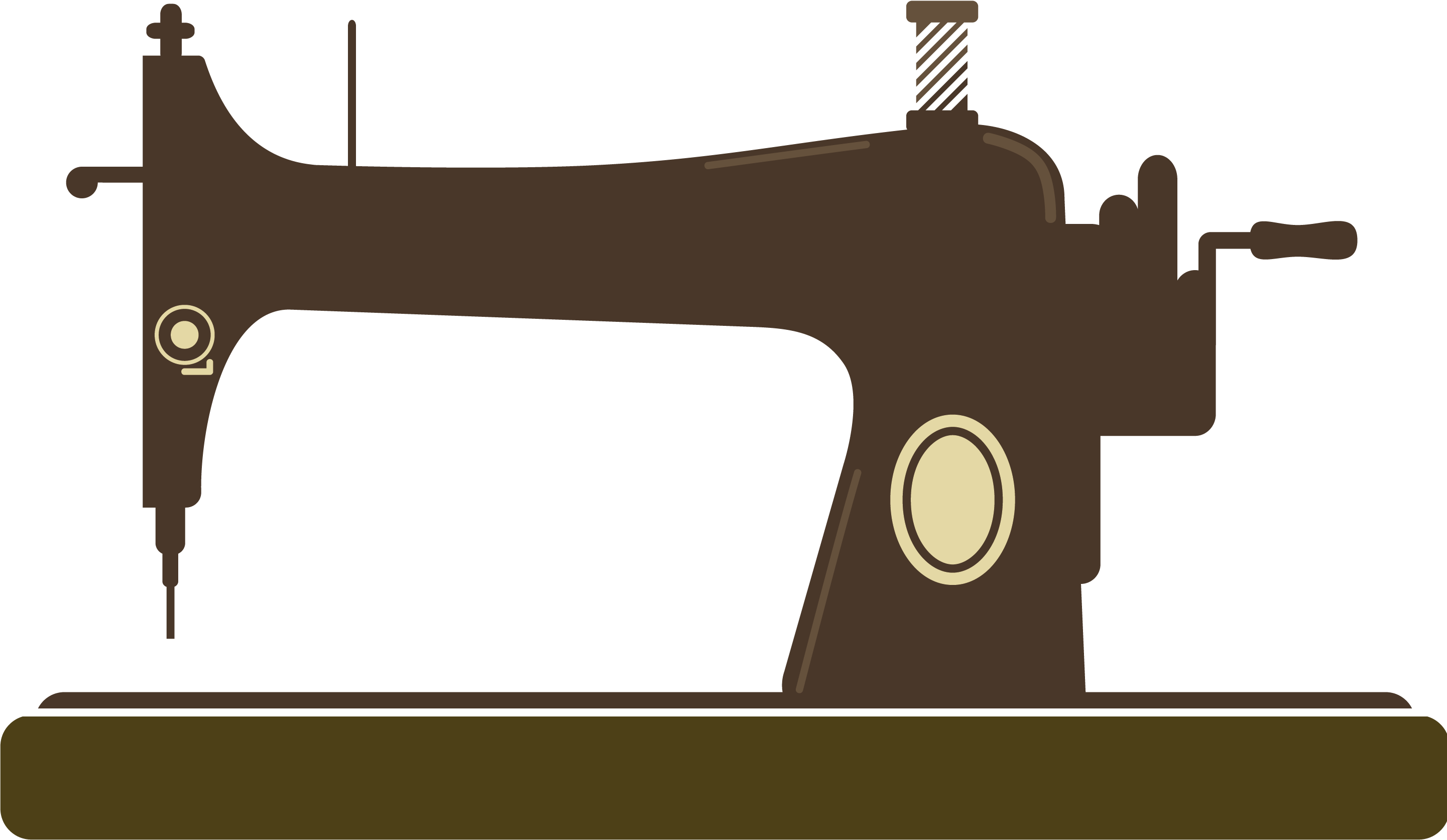I was working on a 31-15 made in 1910 for my friend Brandi. This machine was absolutely filthy. I had gone with her to pick this machine up about 10 months or so ago, and when we arrived, it was sitting outside, under a tarp, in its table, and with clutch motor. Brandi paid for it, we loaded it up in my truck, and headed back on down the road.
Fast forward to a few weeks ago and I picked the machine up from Brandi’s house, still in as found condition. My intention was to use it as the subject for a couple of videos, and in the process, get it back in perfect sewing condition.
I did a substantial amount of work on the underside of the machine, carefully cleaning and adjusting, and moved on to the needle bar / presser bar area. Both the needle and presser bars were so filthy, I briefly considered tossing them both into a drawer and pulling out nice, clean examples to use instead, but cooler heads prevailed and I started up the buffer and went to work.
The needle bar cleaned up easily, and in a few short minutes, was looking as good as new – at least as good as new as an 111 year old needle bar can…The presser bar, on the other hand, had an interesting thing going on that was soon to provide an inordinate amount of comic relief.
The presser is a partially hollow bar, one with a small hole on the top side. During the more-than-a-century that this particular 31-15 has been on this Earth, someone, or more precisely, a group of someone’s, had been pouring oil – even if only in miniscule amounts – down the top of the presser bar adjuster nut in a vain attempt to lubricate the presser bar.
We all know (or should know) that “new” oil will loosen and clear “old” oil. Over time, the “new” oil being poured down the top cleared up the “old” oil that was clogging the tiny hole at the top of the presser bar. During subsequent oilings, more and more and more and more oil was being applied to the top of the presser bar, and gradually filled it to the top.
Then the machine sat. It looks like it sat for decades.
Once again, we all know that old oil, given the opportunity to sit, will first turn to sludge, then to a yellowish varnish that becomes quite solid.
That is, until it meets a buffing wheel.
Yes, I unwittingly took that presser bar to the buffing wheel, a wheel freshly charged with yellow buffing compound, and went to work cleaning over a century of hardened schmoo from its exterior. Little did I realize what was happening inside.
Buffing metal generates heat, and LOTS of it. Apply heat to an old oil sludge, and guess what you have? If you said “reconstituted yellow, piss like, old oil varnish that runs like a river” DING! DING! DING! WE HAVE A WINNER!
Yes… All over me, all over the shop floor… What…A…Mess…I mentioned to Brandi what had happened. She thought it was the Funniest… Thing… Ever…
Me? Not so much…
Brandi is, of course, still my friend, and I will always be happy to service her machines. I’m starting to see the humor in all of this myself…
The moral of the story: If you see it’s a hollow part, assume it’s been flooded and act accordingly.
